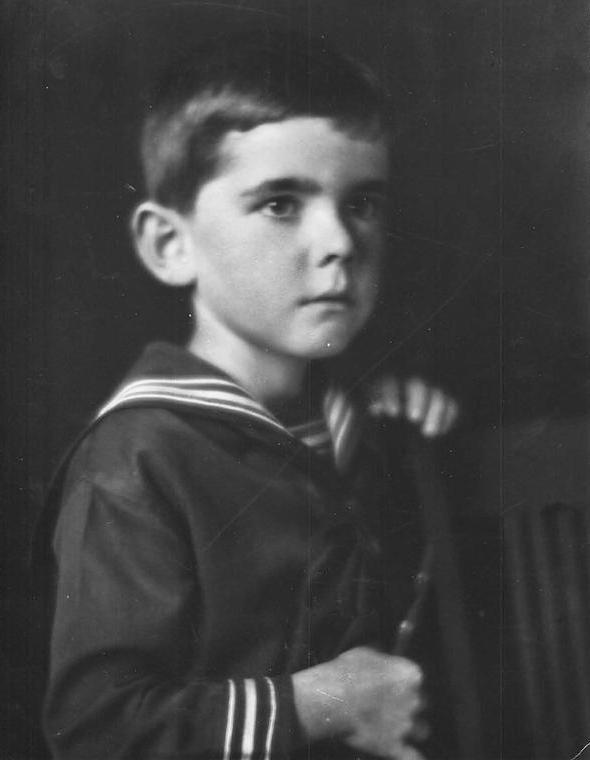
Figure 1.--Here we see an American boy about 1920 wearing a traditionally styled sailor blouse. The boy was from Pittsburg. |

|
We are all familiar with the fact that boys began wearing sailor suits in the mid-19th century. Less familiar is the many varied styles of suits that were worn. There were, however, only two different types. One is hast we call graduitionl or blouse suirs. The traditionl style are what Prince Albert abd Queen Victoria came up with, a blouse and pants. This was based on the uniform of enlisted (ratings) sailors in the Royal Navy which at the time was just begunning to become standardized.
The styling for the blouse suits varied, with the V-front and an optional dickey) with a back flap being by far the most common. And three stripe styling became iconic. The styles were inspired by naval uniform styles and traditional suits were based on actual uniforms. Subsequent sailorstyles were more imaginative, diverging substasntially from actual uniform styles. Only gradually did the traditional sailor suit with three stripes become an established standard. Almost all of the styling and detailing was on the blouse. We are not intirely sure why the traditional suits gradually emerged as the standard style and eventually eclipsed the more imaginative styles. We suspect that boys themselves preferred the suits more closely based on naval uniforms. The mass production of ready-made clothes also meant that that less diversity emerged because each garment was no longer hand made by seamstresses. Clothing catalogs in the late 19th and early-20th century had pages devoted to sailor suits in a wide variety of styles. A good examples of such variety is the Sears catalog in 1902. After World War I, sailor suits were much more standardized. Most of the styling was on the blouse. We note some 19th century sauits with styling on the pants, but this was quite rare in the 20th century.
We are all familiar with the fact that boys began wearing sailor suits in the mid-19th century. Less familiar is the many varied styles of suits that were worn. There were, however, only two different types. One is hast we call graduitionl or blouse suirs. The traditionl style are what Prince Albert abd Queen Victoria came up with, a blouse and pants. This was based on the uniform of enlisted (ratings) sailors in the Royal Navy which at the time was just begunning to become standardized. The standard outfit was a matching middy blouse and pants. Some European boys wore middy blouses with contrasting colors. The outfit was made like actual naval uniforms. Less familiar is the many varied styles of suits that were worn. The styles were inspired by naval uniform styles and traditional suits were based on actual uniforms. Subsequent sailor styles were more imaginative, diverging substasntially from actual uniform styles. Only gradually did the traditional sailor suit with three stripes become an established standard. This seems to have occurred in the 1890s, although we still see suit with varied trim. Almost all of the styling and detailing was on the blouse. We are not intirely sure why the traditional suits gradually emerged as the standard style and eventually ecipsed the more imaginative styles. We suspect that boys themselves preferred the suits more closely based on naval uniforms. The mass production of ready-made clothes also meant that that less diversity emerged because each garment was no longer hand made by seamstresses. Clothing catalogs in the late-19th and early-20th century had pages devoted to sailor suits in a wide variety of styles. A good examples of such variety is the Sears catalog in 1902. After World War I, sailor suits were much more standardized. Most of the styling was on the blouse. We note some 19th century sauits with styling on the pants, but this was quite rare in the 20th century.
Most of the styling was on the blouse. We note some 19th century sauits with styling on the pants, but this was quite rare in the 20th century. While much of the styling of sailor blouses was based on actual uniforms, this was less true for the pants. The pants of naval uniforms were not commonly decorated with elborate detailing. We do note vertical side stripes in the 1ith century. Rarely were the strips detailing oin the blouse repeated on the trousrs. Many were bell-bottom trousers. This was a style offered in some suits. In fct, during the early 20th entury, bell-bottoms as part of a sailor suit was spme of the rare long pants boys wore. They were also commonly offered as knee pants, short pnts, and to a lesser extent knickers.
Sailor Suit Country Related Pages:
[Return to theMain U.S. country sailor suit styling page]
[Return to theMain U.S. country sailor styling page]
[Austrian]
[Belgian]
[Danish]
[Dutch]
[English]
[French]
[German]
[Italian]
[Polish]
[Swiss]
[Ulster]
Other Related Pages:
[Sailor suits]
[Kilts]
[Smocks]
[Pinafores]
[Sailor Hats]
[Blouses]
[Ring Bearers]
[Long hair]
[Ringlet curls]
[Hair bows]
[Bangs]
[Collars]
[Bows]
Navigate the Boys' Historical Clothing Web Site:
[Return to clothing styles]
[Introduction]
[Activities]
[Biographies]
[Chronology]
[Countries]
[Bibliographies]
[Contributions]
[FAQs]
[Glossaries]
[Images]
[Links]
[Registration]
[Tools]
[Boys' Clothing Home]
